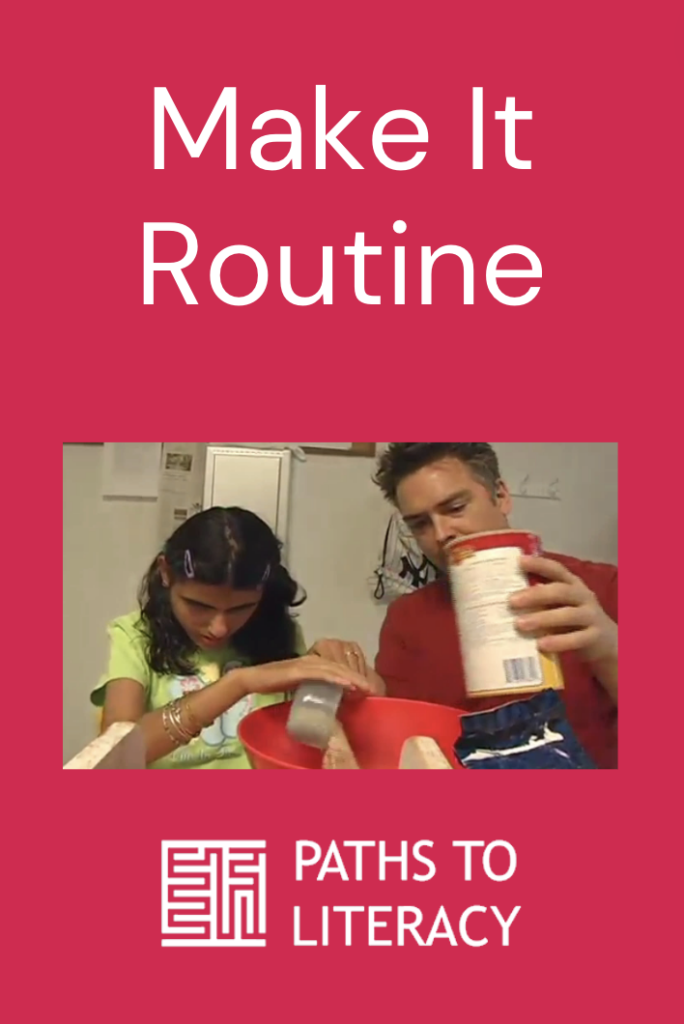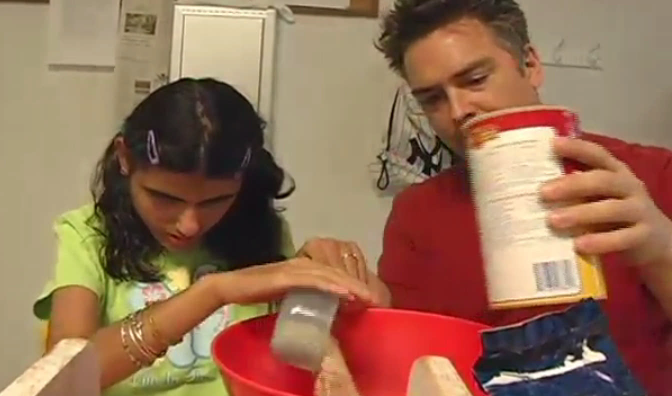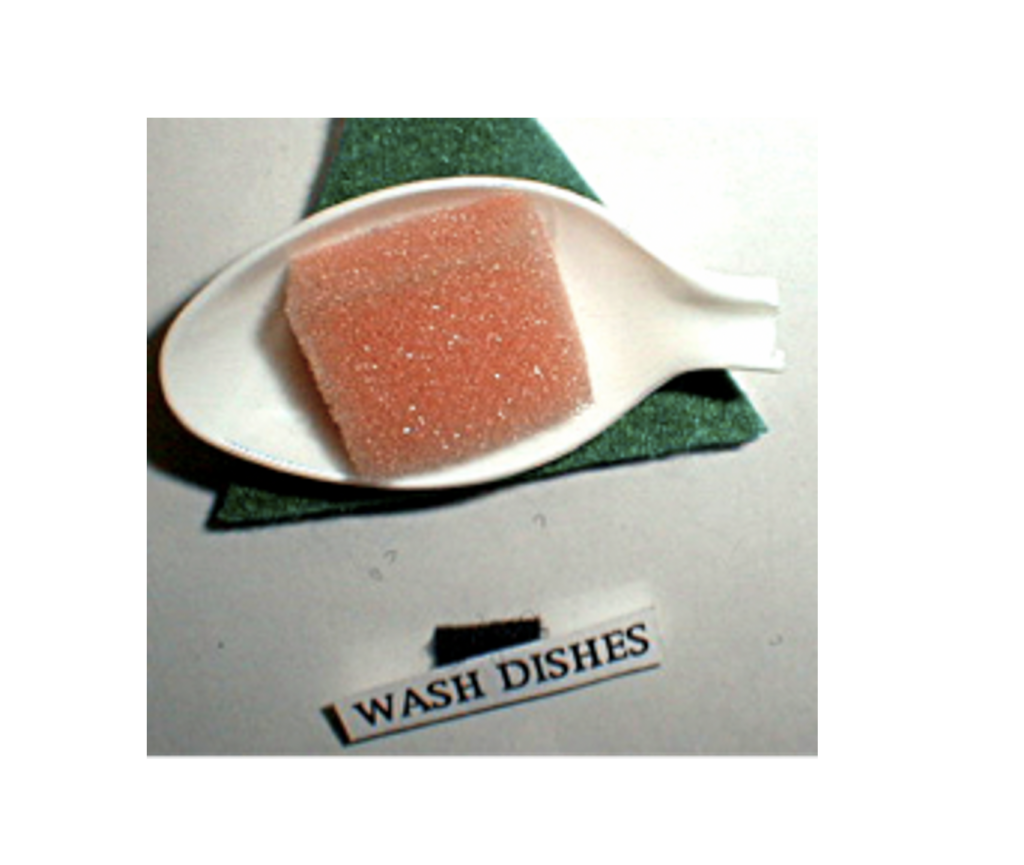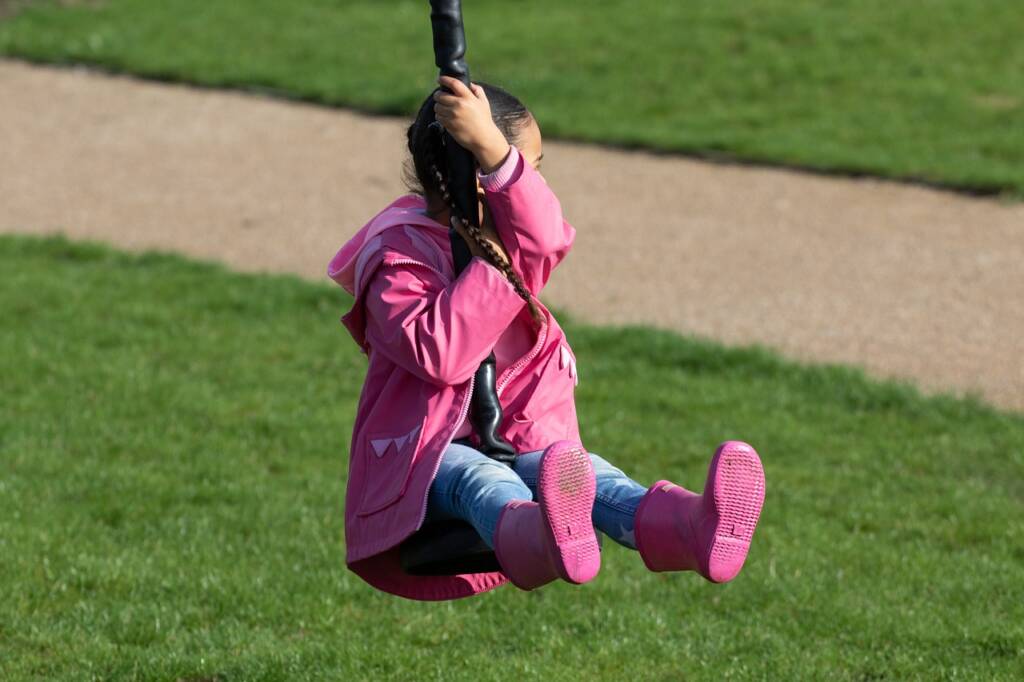by Robbie Blaha, Teacher Trainer and Kate Moss Hurst, Family Training Coordinator, TSBVI
There are few events in our day-to-day lives that do not become routines. Whether it is brushing our teeth, putting gas in our cars, or going bowling, there exists in our minds a series of predictable steps and specific objects associated with those steps. Often we move through these familiar activities with little notice. However, there are aspects of these routine activities that deserve a second look. A well organized routine can have a powerful effect on a child with severe disabilities. Children with severe disabilities have been shown to benefit from learning through routines.
If you consider your child’s day, you probably have already established a variety of routines. Think about changing a diaper, eating a meal, bath time, etc. These events happen daily and generally in a predictable or routine way. Here are some things that these routines are providing your child.
An Opportunity to Communicate
You may notice during these activities your child seems to communicate a great deal with you. His subtle or sometimes not so subtle responses during these events might “tell” you, “I’m not hungry”, “I’m ready to get out of the tub”, etc. You understand and respond to these communications by skipping to dessert or pulling the plug on the tub and wrapping the child in a towel.
Emotional Support in Learning
Routines feel comfortable and the child uses his energy and attention more efficiently. When a person who is not familiar with your routine way of doing an activity, attempts to feed or bathe your child, the child might become anxious or uncooperative. Yet if you direct that person to do it your way the child will often calm and respond better. He’s familiar with the routine. That helps him to better anticipate and participate in the activity.
A Framework for Learning
Routines develop a sense of a beginning, middle and an end to an activity. They also help weave a cluster of people, actions, objects and locations into a meaningful whole. Routines make use of natural cues, i.e. one step acts as a cue for the next step. This type of cueing does not require another person to always prompt the child because the objects used in the activity serve as the prompts. In addition routines can help a child anticipate an end to an undesired activity or recognize the beginning of a desired activity.
A Way to Build Procedural Memory
Routines build a memory foundation for other learning. Paul Carreiro and Sue Townsend (Routines: Understanding Their Power) note that the development of a sophisticated memory is dependent on a core memory system referred to as “procedural memory”. Procedural memory is defined as “the ability to retain a simple everyday ‘low attentional’ understanding of how things work.” If a child does not have an organized experience he can not understand. If he can not understand an experience he will not learn from it.
A Way to Highlight New Information
When a child has an internal picture of an activity he can recognize when something changes. He is alerted to attend and learn the new part. He can become aware of specific bits of information that impact him and is more likely to tune in to that particular concept. For example, if a child has a routine for making pudding, you can introduce a new flavor. The child will tune in to the flavor being different because everything else in the activity has stayed the same. The difference in flavor can be “spotlighted”.
Using routines at home can reinforce learning, improve communication between the child and family, and reduce frustration for everyone. The information that follows will help you formalize your existing home routines. If you do not use routines, you might want to consider developing some. As you develop routines, share them with school personnel. If your school is not using routines currently with your child, you might encourage them to become familiar with the concept of using routines in learning.
Choosing the Activities
Before you set up your routines it is important to decide which of your child’s daily activites you want to formalize into routines. The following tips will help you in this process:
- Map out a typical week day and weekend day for your child. (Figure 1)
- Begin by picking obvious activities where routines are likely to exist already such as eating, toileting. Give special consideration to those activites that will be most beneficial to the child’s mental and physical health. Next look at those activites that adults must do for the child. Would these activities be made easier if your child could participate partially? For example, it would be helpful if the older child could anticipate when you need to slide a diaper under him and participate by raising his bottom rather than requiring you to have to lift him. Finally look at those activites that could be done as vocational activities.
| WEEK DAY SCHEDULE | WEEKEND SCHEDULE |
|---|---|
| 6:30 a.m. wake up | 7:30 a.m. wake up |
| 6:40 a.m. bathroom | 7:40 a.m. bathroom |
| 6:50 a.m. breakfast & medications | 7:45 a.m. help dad cook pancakes |
| 7:15 a.m. brush teeth | 8:30 a.m. breakfast & medications |
| 7:30 a.m. dress | 9:00 a.m. brush teeth |
| 8:00 a.m. catch bus | 9:15 a.m. dress |
| AT SCHOOL | 9:45 a.m. free time |
| 10:45 a.m. family activity | |
| 3:30 p.m. return home | 1:00 p.m. lunch time |
| 3:45 p.m. bathroom | 2:45 p.m. continue family activity |
| 3:50 p.m. snack | 4:00 p.m. snack |
| 4:15 p.m. freetime | 4:15 p.m. freetime |
| 6:00 p.m. dinner | 6:00 p.m. dinner |
| 7:00 p.m. plays with dad | 7:00 p.m. plays with dad |
| 8:00 p.m. bath | 8:00 p.m. bath |
| 8:30 p.m. bedtime | 8:30 p.m. bedtime |
Developing the Routine
After you have identified activities for routines it will be helpful to write these routines out. List all the steps in the activity in the order in which they occur. The amount of detail in each step will depend on the expectations you have for your child. You might have the staff at your child’s school review these routines and decide which specific IEP objectives could be worked on during the routine. These objectives could be written into your routine script. One objective might be included in several different routines. (Figure 2.)
Meal Time Routine
- Walk to dining table (Trail wall from hall to dining room)
- Find chair and sit down
- Wait for mom/dad to put on bib
- Look for spoon when tapped on table and pick it up (Use visions to explore space and locate objects. Grasp object.)
- Allow mom/dad to help scoop and carry spoon to mouth (hand over hand)
- Set down spoon and reach for cup when drink is offered, or set down cup and reach for dessert. (Indicate choice by reaching for preferred item.)
- Help move plate away when meal is finished
- Allow mom/dad to wipe off hands and face
- Drink medication from medicine cup
- Remove bib (Remove clothing independently.)
- Get down from chair
Figure 2 – A mealtime routine might include steps in which IEP objectives can be imbedded. The objectives appear in italics.
You might enjoy tracking your child’s success in carrying out the routine. A nice way to do that is by making periodic video tapes of the activity or keeping a log that you share with school. You may even come up with some other method to note the changes. It is important to remember that this type of information can and should be shared with the ARD committee when assessment data is being reviewed.
Setting Up a Schedule
Family life is subject to unexpected events and unplanned for crises. Given that, set up a schedule that is reasonable for you. Don’t plan to take on too many new routines until you feel comfortable with the existing routines. When a routine becomes formalized, it may take longer to do especially if you expect your child to participate more in the activity. Allow for more time to complete the activity, or if that is not possible, opt to reduce the level of the child’s expected participation. For example, family meal times may prove to be too hectic for encouraging the child to try emerging self feeding skills; however, snack time might be more relaxed. Instead of writing out a meal routine that includes using new self feeding skills, you might focus on these during the snack activity.
Once you have identified some routines that exist in your day write out a schedule. You may not be able to follow it exactly everyday, but if you have a schedule and everyone knows it, you will be more likely to follow it. Post the schedule on the refrigerator. Tape up the individual routines near the area where the activity will take place. Share this schedule and the routines with those individuals who may fill in for you such as grandparents, baby sitters, and siblings. It is especially important to share these routines with the educational staff who work with your child. This will help the staff to design their routines to be consistent with the routines that take place at home.
Editor’s Note: This article is based on two articles by Paul Carreiro and Sue Townsend who are communicative disorder consultants with Student Services in Edmonton Public Schools in Alberta, Canada. The articles are titled “Routines: Understanding Their Power” and “Implementing the Routine Model.”

This article was originally published by Texas School for the Blind and Visually Impaired (TSBVI) in P.S. NEWS!, Vol. IV, No. 3, July 1991, pages 10-12 and is reprinted here with permission.




